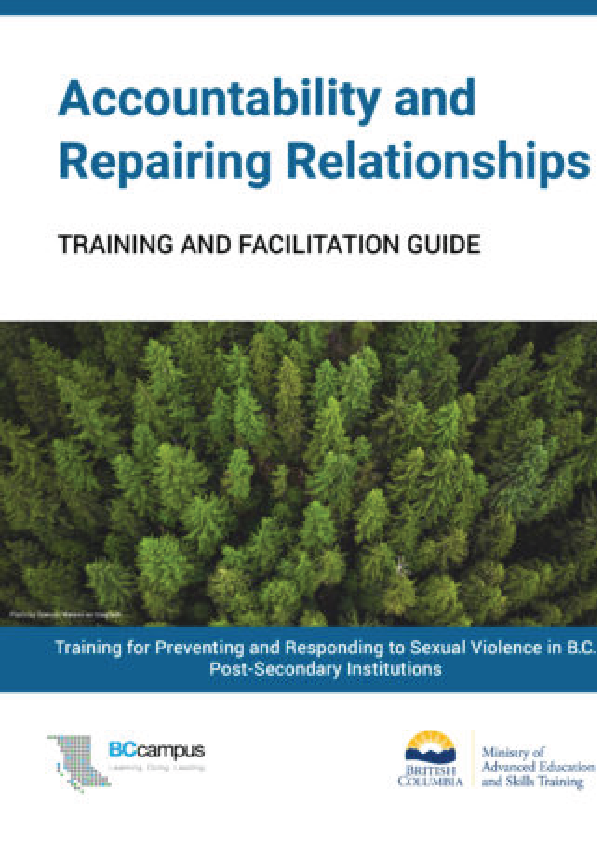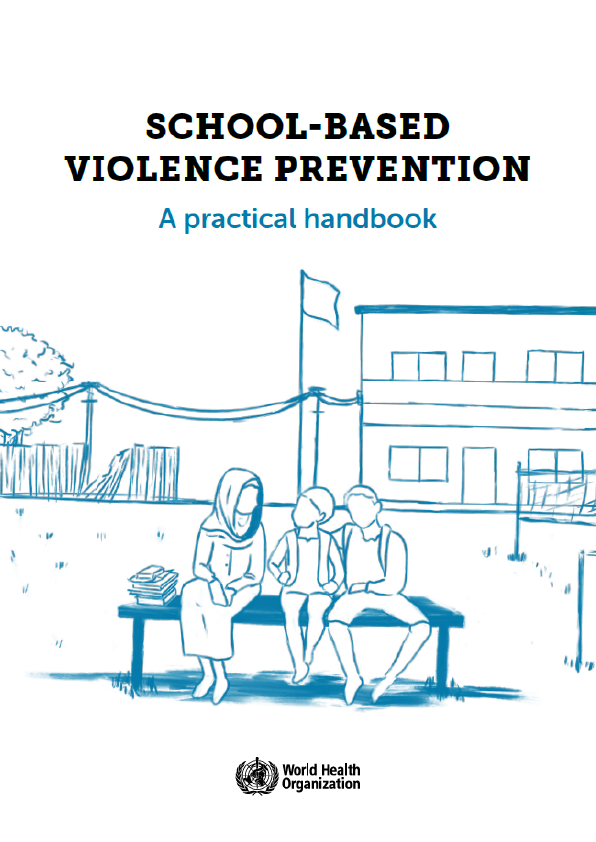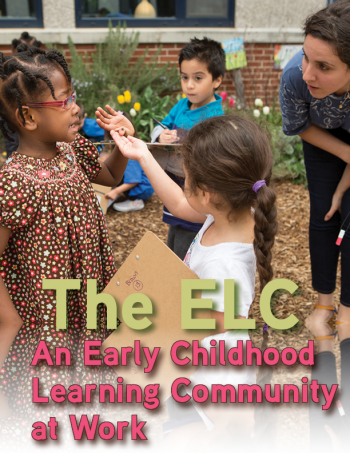Link the Training to Your Institution’s Sexual Violence and Misconduct Policy
The Sexual Violence and Misconduct Policy Act (2016) requires all B.C. public post-secondary institutions to have a sexual violence and misconduct policy. Institutions are required to review their policies at least every three years and to include consultation with students as part of the review.
As you prepare your training materials, you will want to make sure that you have the most up-to-date version of your institution’s policy. Every institution has different definitions of sexual violence and misconduct and you will want to revise the training materials to reflect this and include links to the policy in all resources.
If your institution does not have a plain language summary of the policy, you may want to collaborate with on-campus organizations to develop one. Within a campus community, English literacy levels will vary enormously. As well, an accessible policy helps to support victims and survivors of sexual violence in having control and autonomy over their options related to making a disclosure, making a report, and accessing supports, accommodations, and other resources.
Link the Training to Your Institution’s Procedures and Protocols
As you prepare your training, you may want to learn more about your institution’s protocols and procedures related to sexual violence. These protocols and procedures will describe the roles and responsibilities of various departments, services, staff and faculty following a disclosure of sexual violence. It can be helpful to include some specific information about what happens following a disclosure in your training and/or to be able to respond to questions that learners might have.
You also may be designing and delivering your training for students, staff, faculty, and administrators who may be involved in responding to disclosures. You may want to ask about what kind of training they are interested in, e.g., online or in-person, length, “Level 1” or “Level 2.” You will also want to ensure that your training reaches individuals from different areas of the campus community.
Link the Training to On-Campus and Community Resources and Supports
Collaborating with groups and organizations on your campus and in the community can increase the accessibility and effectiveness of your training. Collaboration can lead to the development of new resources, opportunities for including the latest research and best practices on sexual violence prevention and response, and opportunities for co-hosting training and involving guest speakers (such as community support workers or Elders) and a greater diversity of facilitators.
Building relationships with a variety of student groups can be one of the most important ways of enhancing your training. This can include international students, students with disabilities, LGBTQ2SIA+ students, Indigenous students, graduate students, fraternities and sororities, and students involved in sex work. They will be able to provide perspectives on the issues that are important or relevant to them and provide guidance on issues such as inclusive language, when and where to hold trainings to increase participation, and barriers to accessing supports and services.
You will want to update any existing lists of resources and supports related to sexual violence. It is good practice to include both on-campus and community-based organizations, 24/7 supports as well as supports specific to various communities (e.g., LGBTQ2SIA+ people, multicultural groups). For information about community based anti-violence organizations, VictimLink B.C. (1-800-563-0808) is a good starting place as they will be able to connect you with organizations in your community.











